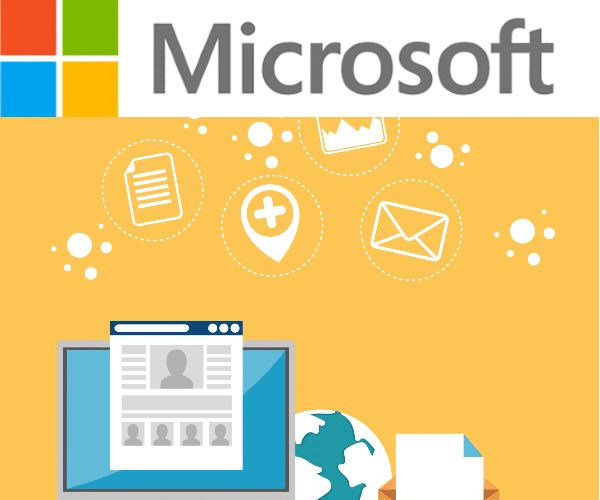The recent closure of St. Margaret’s Health, a hospital in Illinois, serves as a powerful reminder of the security challenges that small and rural hospitals face. In truth, the decision to permanently cease operations was influenced by various factors, including COVID-19 and staffing shortages. But the impact of a ransomware attack seems to be the “straw that broke the camel’s back”.

In February 2021, St. Margaret’s Health fell victim to a ransomware attack that temporarily crippled its IT systems, including email and electronic medical records. The hospital’s dedicated staff faced the challenge head-on, resorting to manual processes and overcoming the obstacles caused by the attack. While this incident underscores the vulnerability of healthcare organizations, it also highlights the resilience and determination of the individuals who work tirelessly to provide essential services.
Small and rural hospitals operate with limited resources, making them particularly susceptible to cyber threats. Often lacking dedicated cybersecurity teams and facing difficulties in obtaining comprehensive insurance coverage, these institutions must find innovative solutions to protect their systems and patient data. However, it’s important to recognize that these challenges can be overcome through collaboration and a proactive approach.
To mitigate the risks associated with ransomware attacks, small hospitals can take several steps to bolster their cybersecurity resilience
:
- Collaboration and support
- Employee education and awareness
- Robust security measures
- Advocate for government assistance
The closure of St. Margaret’s Health due to a ransomware attack underscores the importance of cybersecurity readiness for small hospitals. By adopting proactive measures, fostering collaboration, and seeking support from regional resources and government entities, these institutions can overcome challenges and strengthen their cybersecurity resilience.
Together, we can ensure a secure healthcare environment that thrives in the face of evolving cyber threats





